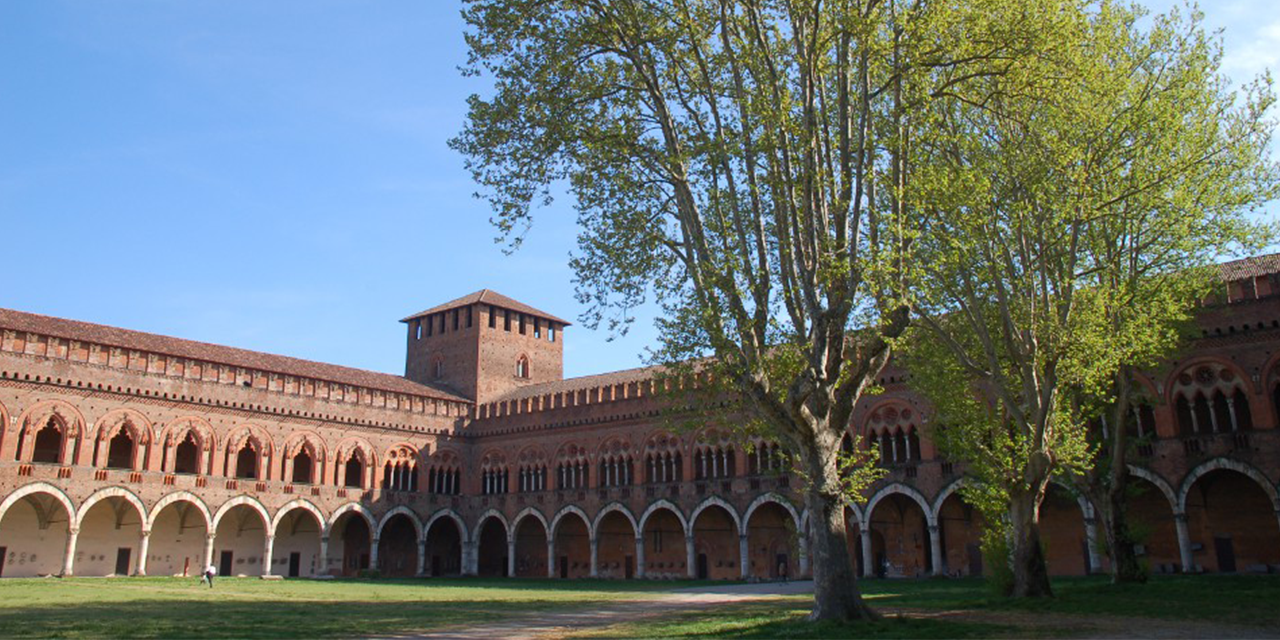Pavia is a picturesque city. It boasts medieval and Renaissance heritage and can claim a rich history and a prestigious university campus dating back as far as 1361. From a sporting point of view though, it has rarely been the focus of international attention. Yet, things are bound to change next 16 March, when Pavia will start the dances of the 115th edition of the Milano-Sanremo, the Classicissima, the first Monument of the season. A great opportunity for the city to proudly exhibit the magnificent Certosa, a Gothic-Renaissance monument consecrated in 1497 after 100 years since its construction began.
The city once ruled by the Visconti family has always been included in the traditional route of the Milano-Sanremo, as the peloton touched the outskirts of the city centre before continuing along the Statale dei Giovi heading towards Casteggio-Voghera and then into Piedmont. More generally, fans will mainly remember the stage finish in Pavia at the 2003 Giro d’Italia, when a patched-up Alessandro Petacchi won the sprint in the Maglia Ciclamino jersey, beating Frenchman Jimmy Casper and Czech Jan Svorada, in a Top 10 that also included current Italy coach Daniele Bennati, 4th, and the unforgettable Marco Pantani, 10th. Or how about the start of the final stage of the 1991 Giro, the Pavia-Milan, won by Mario Cipollini, or the finish of the 15th stage in 1981 won by Swiss Daniel Gisiger?
Despite their undeniable value, those were the last times that Pavia and great cycling crossed paths, but if we go even further back in time, we will find that the Certosa has also hosted a start… of the Milano-Sanremo, making that of 2024 not an absolute first: as a matter of fact, the Classicissima started from Pavia in 1965, as part of an experiment promoted by patron Vincenzo Torriani. Those were indeed peculiar years, an Italian rider had not won since 1953, the competition always ended in a sprint and was almost invariably dominated by Flemish riders. Thus, that year the race direction took advantage of the road works along the Aurelia, between Finale and Pietra Ligure, to try to spice things up a bit by including the Melogno climb (6 km at 6%). In order to maintain the mileage of around 290 km, however, the start had to be placed a little further from Milan, and hence the choice of the splendid Certosa.
In the end, a Dutchman won, the first ever, Arie den Hartog, who beat Vittorio Adorni and Franco Balmamion in a three-man sprint, in what indeed turned out to be a highly selective edition. The experiment, however, remained as such, as the following year saw a return to the more traditional formula with the start in Milan. Victory went to a 20-year-old Eddy Merckx, the first of seven.

























